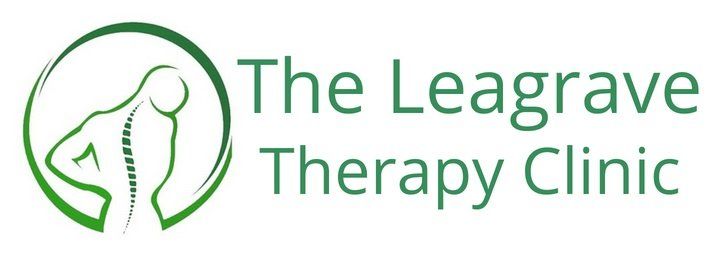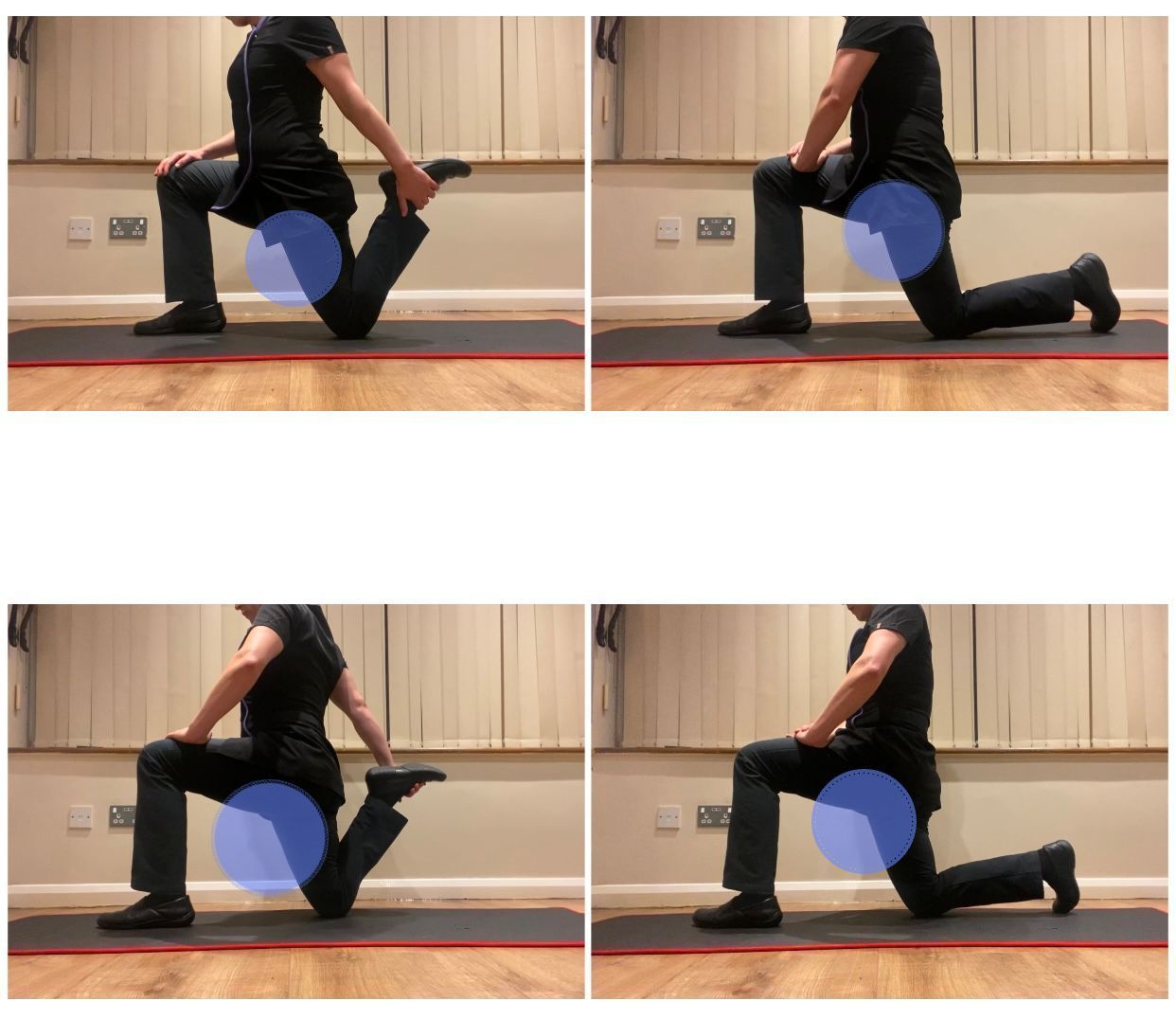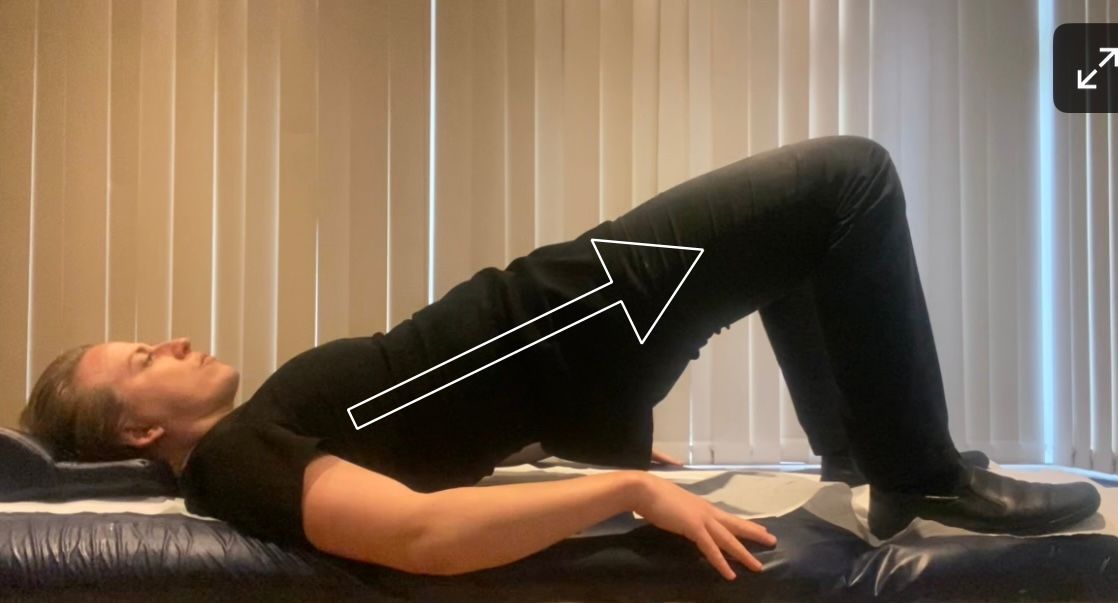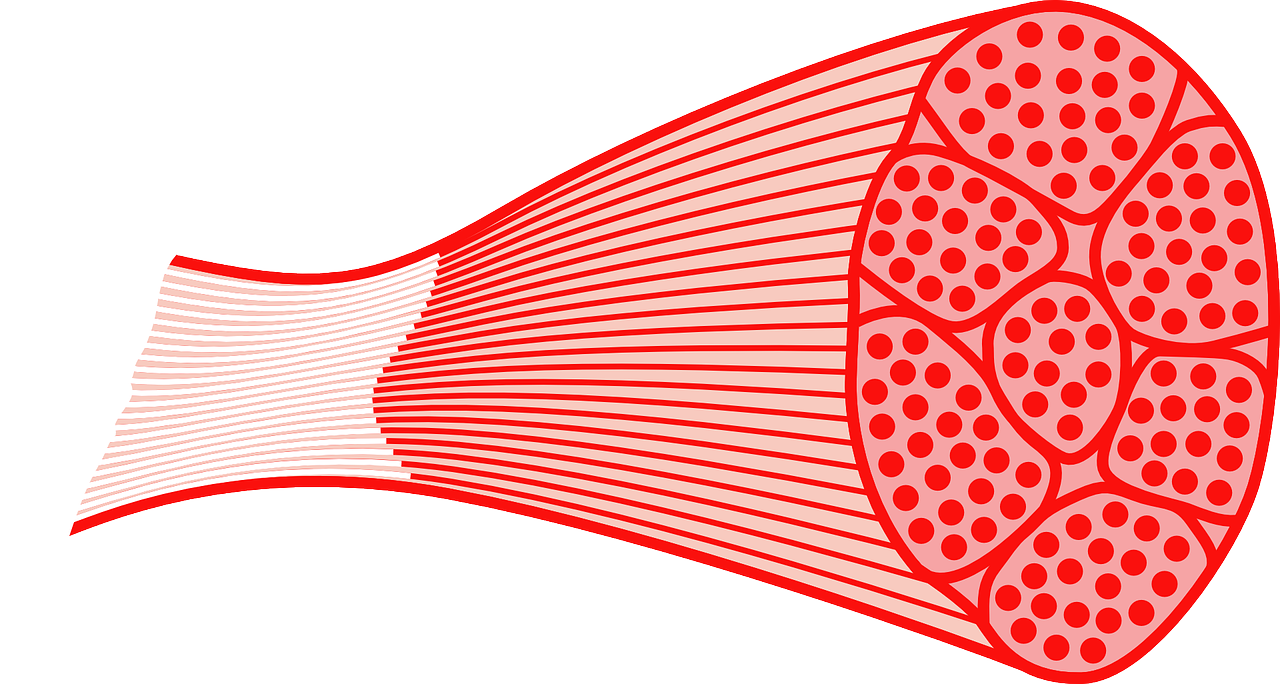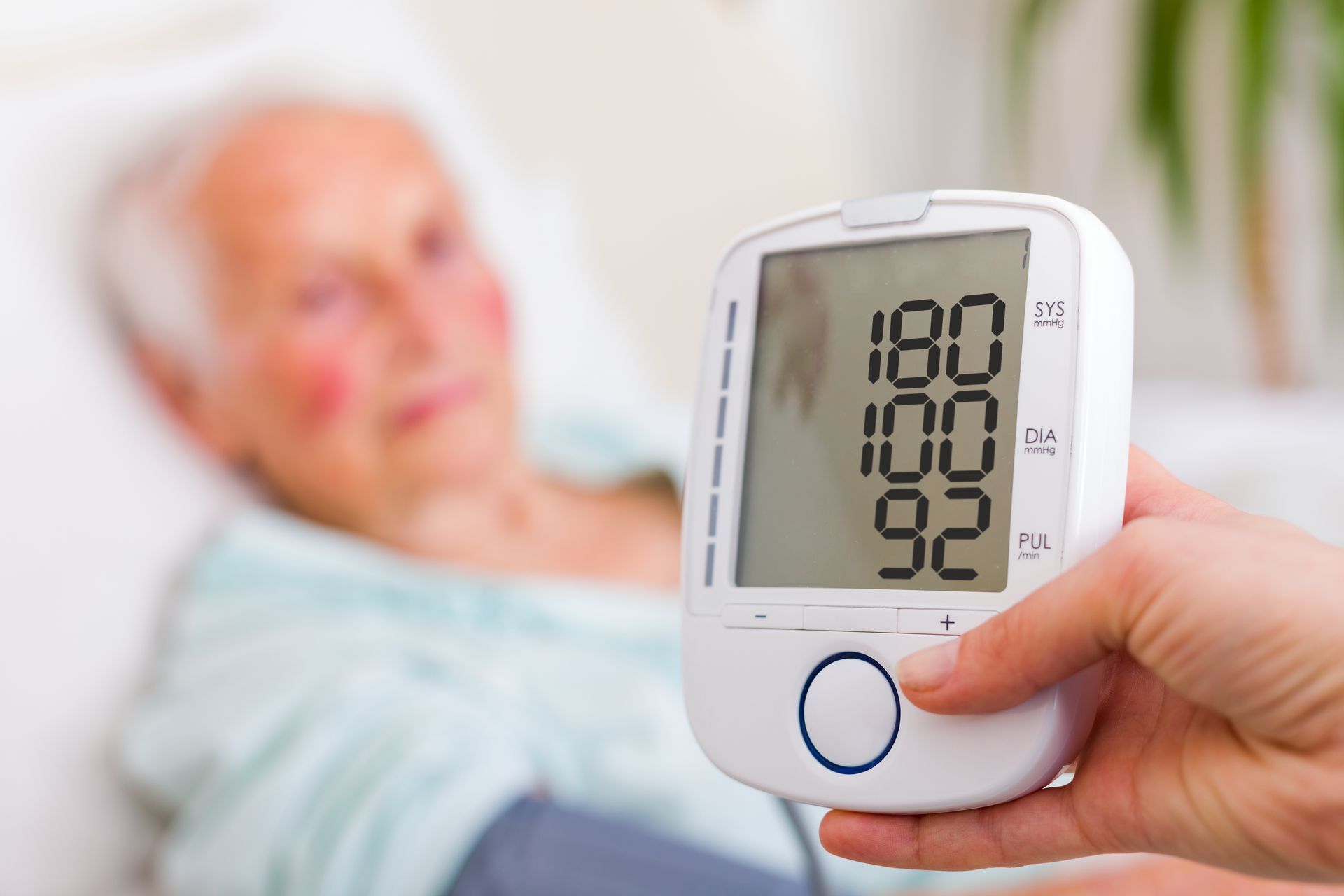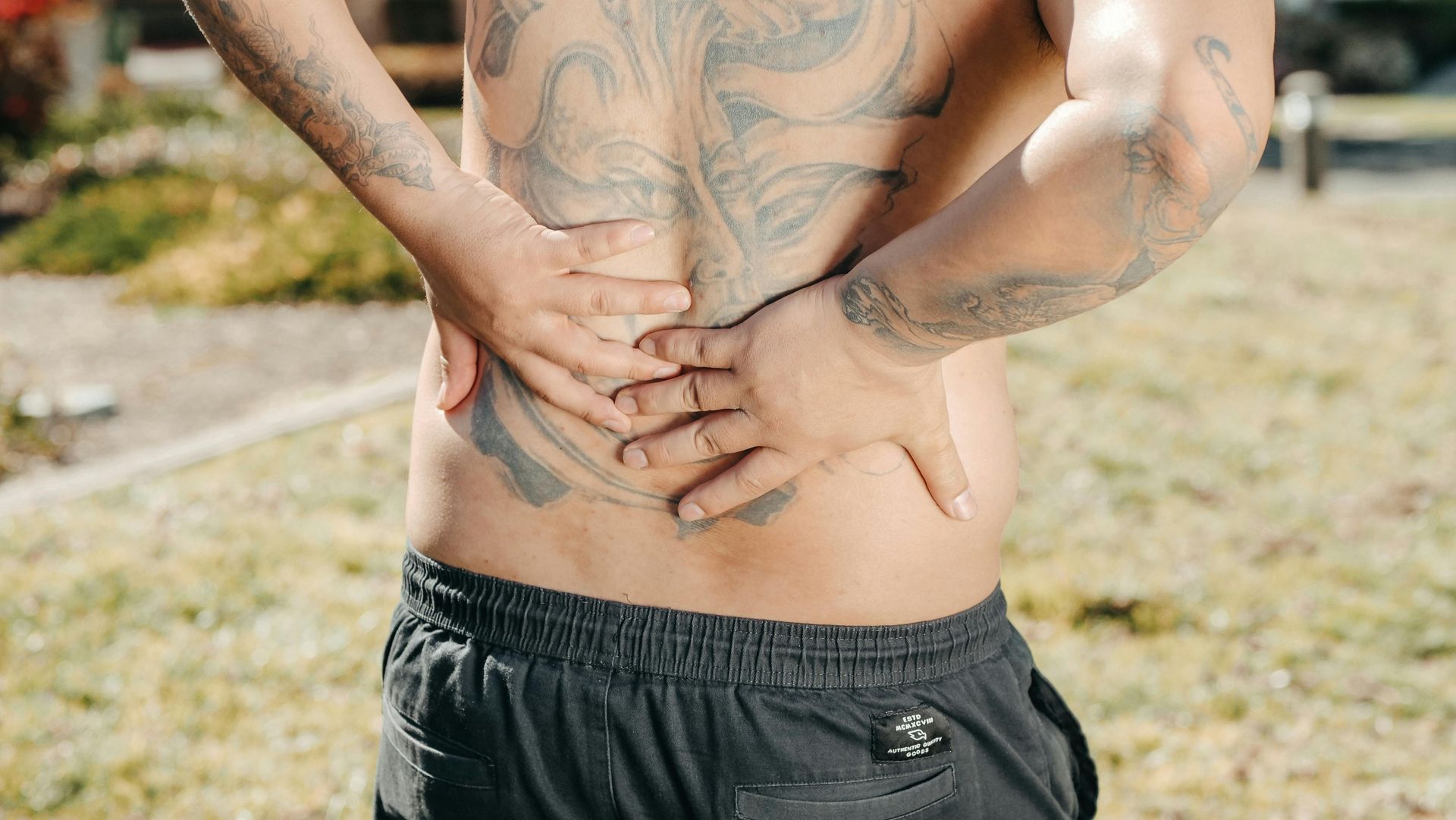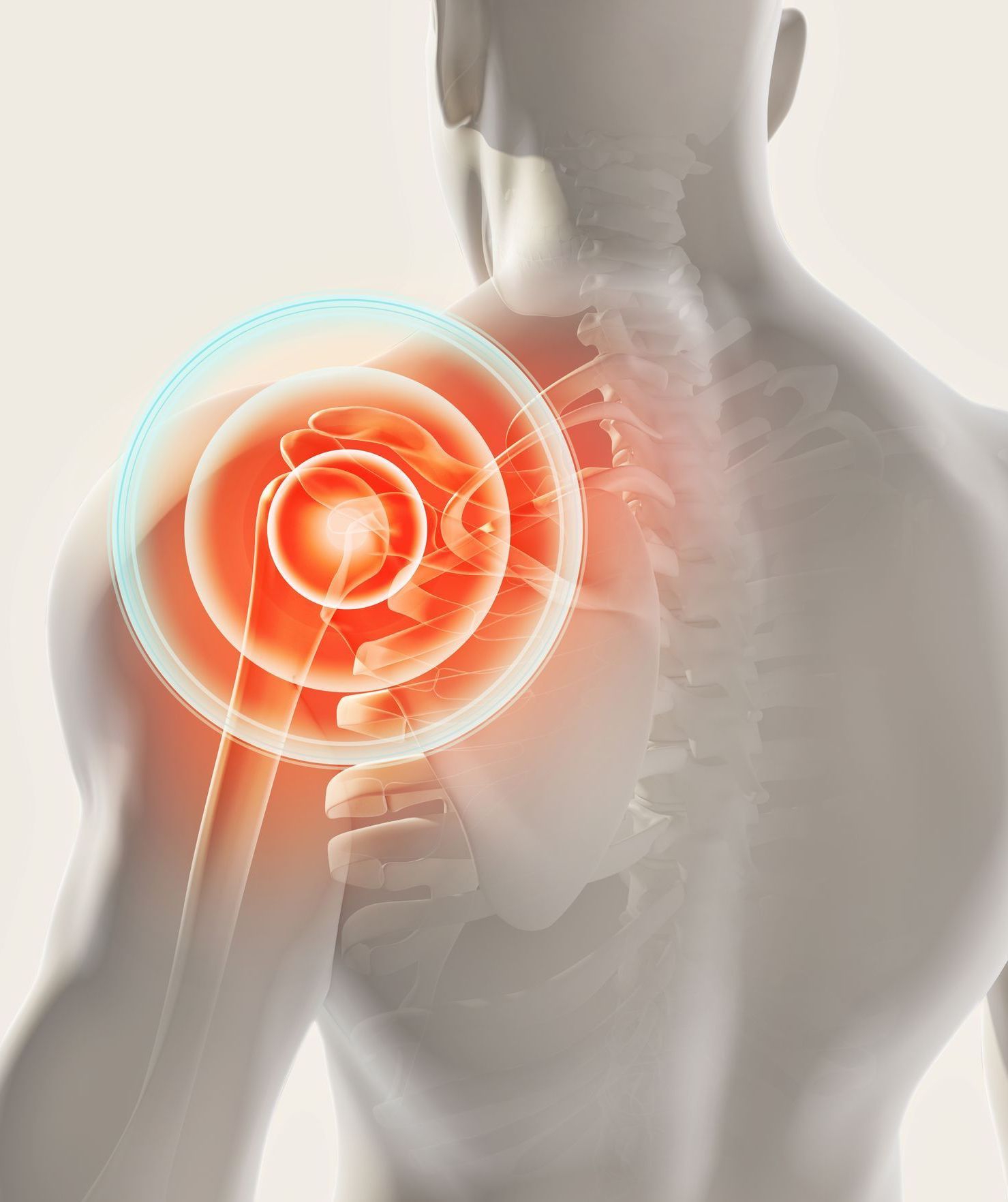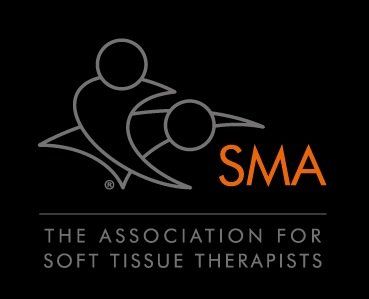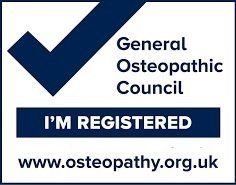Call us
Speak to a Friendly Receptionist
Blog Post
Dry Fire Cupping, How It May Help With Muscle Tension, Lower Back & Neck Pain
- by Joanna Blair
- •
- 08 Apr, 2025
- •
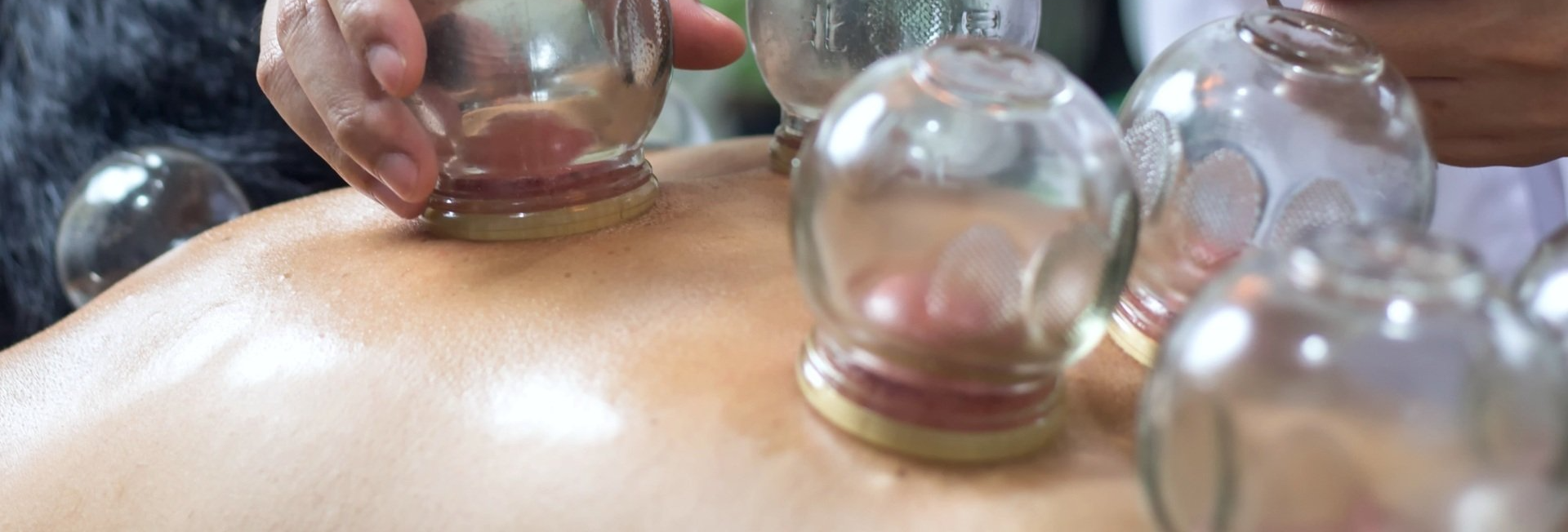
Dry cupping is performed without scratches or cuts on the body's skin and also known as 'wind cupping' via sucking the skin and massaging a tight muscular area without
removing dirty blood (3). Dry cupping is good for people who are afraid of needles and blood as the therapist does not make any incisions or cuts of the skin (3).
Cupping is an ancient massage technique and was arguably first performed and invented by the the ancient Egyptians. The Ebers Papyrus, also known as an Egyptian medical papyrus of herbal medicine was written in c. 1550 BC and is one of the oldest medical textbooks in the Western world (1). The ancient scripture describes the Egyptians using cupping and mentions similar practicing employed by Saharan Peoples. In ancient Greece, Hippocrates (c. 400 BC) used cupping for internal disease and structural problems (1).
in old text books of Traditional Chinese Medicine (TCM) from over 1000 years ago. Dry cupping by fire is a classic cupping technique called 'ba guan zi', which involves placing the cup over the 'anashi' or a painful area or acupuncture point along an energy meridian (1, 3).
Dry cupping is the only form of cupping performed at the Leagrave Therapy clinic and performed by suctioning oxygen out of a glass cup via fire (also known as Bilnaar). The glass is placed at a certain tight muscular area.
Cupping is an ancient massage technique and was arguably first performed and invented by the the ancient Egyptians. The Ebers Papyrus, also known as an Egyptian medical papyrus of herbal medicine was written in c. 1550 BC and is one of the oldest medical textbooks in the Western world (1). The ancient scripture describes the Egyptians using cupping and mentions similar practicing employed by Saharan Peoples. In ancient Greece, Hippocrates (c. 400 BC) used cupping for internal disease and structural problems (1).
in old text books of Traditional Chinese Medicine (TCM) from over 1000 years ago. Dry cupping by fire is a classic cupping technique called 'ba guan zi', which involves placing the cup over the 'anashi' or a painful area or acupuncture point along an energy meridian (1, 3).
Dry cupping is the only form of cupping performed at the Leagrave Therapy clinic and performed by suctioning oxygen out of a glass cup via fire (also known as Bilnaar). The glass is placed at a certain tight muscular area.
What Does It Do?
Dry cupping is considered a complementary or alternative medicine (CAM) in Western Medicine (4). It is believed that dry cupping can enhance blood flow and alleviate pain intensity caused via blood stasis which can improve physical function. The high negative pressure created during cupping can accelerate blood and lymph flow, heighten oxygen and metabolism within local tissues, reduce inflammation and toxic substances (4).
Overall, cupping therapy aims to loosen tight connective tissue or the fascia that covers muscle and stimulate local blood flow to the skin's surface which stimulates tissue relaxation and improves cell-to-cell communication (1).
Does It Work?
Lower Back Pain: Study by Zhang et al.,
(2024)
A recent study by Zhang et al., (2024) found that cupping is effective for reducing pain along with sensory and emotional pain. For lower back pain, the effectiveness of cupping was related to differing classifications of LBP and the location of cupping performed. The study found evidence to suggest that cupping therapy reduced functional disability immediately improved sensory and emotional pain which sustained after 24 hours and up to 2 weeks post-intervention.
Overall, their study found that cupping surpassed medication and usual primary care in reducing pain (Zhang).
Neck Pain: Study By Kim et al., (2018)
This study performed a literature review in non-Asian and Asian databases including places whereby cupping is popular and widely used such as Korea, China and Japan. Similarly to the above study, they found cupping therapy found clinics to find a significant reduction in pain. joint function and quality of life.
The effectiveness, however, is related to factors such as cupping technique intensity, location, technique use and duration which affected the level of the study's evidence. Overall, the study concluded that cupping can be a 'potentially effective and safe therapy for neck pain'.
A recent study by Zhang et al., (2024) found that cupping is effective for reducing pain along with sensory and emotional pain. For lower back pain, the effectiveness of cupping was related to differing classifications of LBP and the location of cupping performed. The study found evidence to suggest that cupping therapy reduced functional disability immediately improved sensory and emotional pain which sustained after 24 hours and up to 2 weeks post-intervention.
Overall, their study found that cupping surpassed medication and usual primary care in reducing pain (Zhang).
Neck Pain: Study By Kim et al., (2018)
This study performed a literature review in non-Asian and Asian databases including places whereby cupping is popular and widely used such as Korea, China and Japan. Similarly to the above study, they found cupping therapy found clinics to find a significant reduction in pain. joint function and quality of life.
The effectiveness, however, is related to factors such as cupping technique intensity, location, technique use and duration which affected the level of the study's evidence. Overall, the study concluded that cupping can be a 'potentially effective and safe therapy for neck pain'.
Video Demonstration:
References
- Jadhav, D. K. (2018) Cupping Therapy: An Ancient Alternative Medicine. J Phy Fit Treatment & Sports; 3; 1: 555601. DOI: 10.19080/JPFMTS.2018.03.555601.
- Kim, S., Lee, S-H., Kim, M-R., Kim, E-J., Hwang, D-S., Lee, J., Shin, J-S., Ha, I-H., Lee, Y. J. (2018) Is cupping therapy effective in patients with neck pain? A systematic review and meta-analysis, BMJ Open, 8: 1-13.
- Tanjung, Q. F., Ishadi, H. (2022) The Medical Perspective of Dry Cupping and Wet Cupping: Effects and mechanisms of action. Journal of Society Medicine, 1; 1: 31-35. DOI Link (https://doi.org/10.25217/ji.vxix.xx)
- Zhang, Z., Pasapula, M., Wang, Z., Edwards, K., Norrish, A. (2024) The Effectiveness of Cupping Therapy on Low Back Pain: A Systematic Review and Meta-Analysis of Randomized Control Trials, Compelementary Therapies in Medicine, 80; 103013: 1-13.
Share
Tweet
Share
Mail
© 2025. The content on this website is owned by us and our licensors. Do not copy any content (including images) without our consent.
